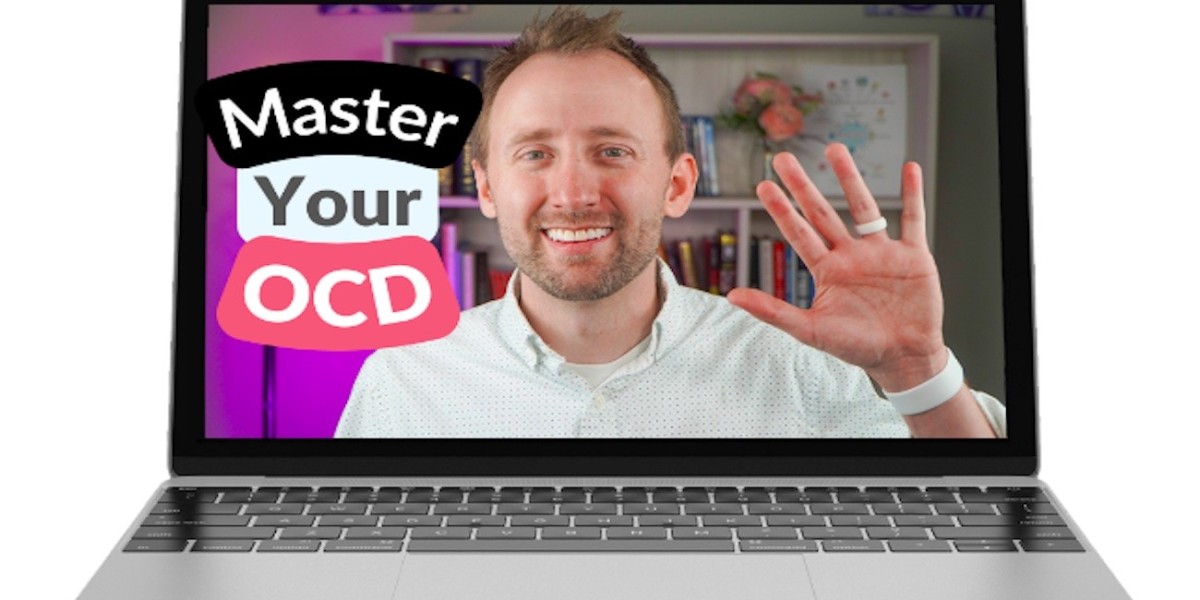Obsessive thoughts and intrusive thinking are hallmark features of Obsessive-Compulsive Disorder (OCD). These unwanted, distressing thoughts often trigger intense anxiety, leading to compulsive behaviors or mental acts aimed at neutralizing the discomfort. The key to managing these symptoms lies in understanding how to stop obsessive thoughts, break free from rumination, and develop strategies to regain control over your mind.
How to Stop Obsessive Thoughts
Obsessive thoughts can feel overwhelming, especially when they seem to invade your mind without warning. These thoughts can center around various topics such as harm, contamination, or relationships, often leading to a cycle of anxiety and compulsive behavior.
To stop obsessive thoughts, Cognitive Behavioral Therapy (CBT) and specifically, Exposure and Response Prevention (ERP) are highly effective. In ERP, individuals are gradually exposed to the thoughts or situations that trigger their obsessions while learning to resist the urge to engage in compulsive behaviors. Over time, this process helps reduce the anxiety associated with obsessive thoughts, enabling individuals to confront them without responding with compulsions.
Mindfulness and meditation can also be valuable tools for managing obsessive thinking. By practicing mindfulness, individuals learn to observe their thoughts without judgment, which can help reduce the emotional impact of the thoughts and make them easier to manage.
How to Get Rid of Intrusive Thoughts
Intrusive thoughts are unwanted, disturbing thoughts that seem to appear out of nowhere and can cause significant distress. Many people experience intrusive thoughts, but those with OCD may feel especially tormented by them. Whether the thoughts revolve around harm, taboo subjects, or other anxiety-provoking topics, the key is not to attempt to get rid of them but to change your response to them.
A key principle of ERP therapy is that resisting or trying to eliminate intrusive thoughts can actually make them stronger. Instead of pushing the thoughts away, it’s more effective to acknowledge them without giving them power. By sitting with the discomfort and resisting compulsions, individuals can retrain their brain to reduce the importance of these thoughts. Gradually, intrusive thoughts lose their intensity and become less frequent.
Additionally, cognitive restructuring, a component of CBT, helps challenge irrational or distorted beliefs that fuel intrusive thoughts. Through guided questioning and examination of evidence, individuals learn to reframe their thinking, reducing the fear and anxiety surrounding the intrusive thoughts.
Understanding OCD Rumination
Rumination, a mental act where individuals repeatedly analyze or mull over thoughts, is common in OCD. Unlike other compulsions, rumination is purely cognitive, which makes it particularly difficult to break. People with OCD often get caught in cycles of rumination, attempting to find answers to unanswerable questions or gaining certainty about their thoughts.
Breaking free from OCD rumination requires adopting strategies to interrupt the cycle. One method is to set aside "worry time" where you allow yourself a specific window during the day to ruminate, which helps reduce the time spent on these thoughts throughout the rest of the day. Another strategy is distraction—engaging in a productive or enjoyable activity that takes your mind off the ruminative loop. Over time, the goal is to develop the ability to let go of the need for certainty and embrace the fact that not all questions have answers.
Using an OCD Workbook for Self-Help
An OCD workbook is a helpful tool for individuals seeking structured self-help strategies to manage their condition. These workbooks often include practical exercises and worksheets designed to help individuals track their obsessions and compulsions, identify triggers, and develop coping strategies. They typically draw on evidence-based therapies like ERP and CBT, guiding individuals through gradual exposure exercises and helping them reframe their thoughts.
Many OCD workbooks also include sections on mindfulness, relaxation techniques, and cognitive restructuring, allowing individuals to develop a comprehensive toolkit for managing their OCD symptoms. Working through these exercises consistently can provide significant relief and help individuals regain a sense of control over their thoughts and behaviors.
By learning how to stop obsessive thoughts, manage intrusive thinking, and break the cycle of rumination, individuals with OCD can find effective strategies for managing their condition. With the right combination of therapy, mindfulness, and self-help tools like an OCD workbook, recovery becomes an achievable goal.





